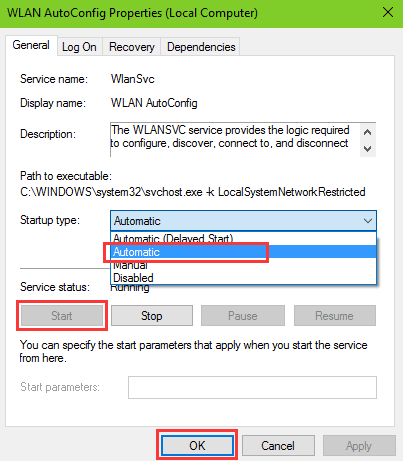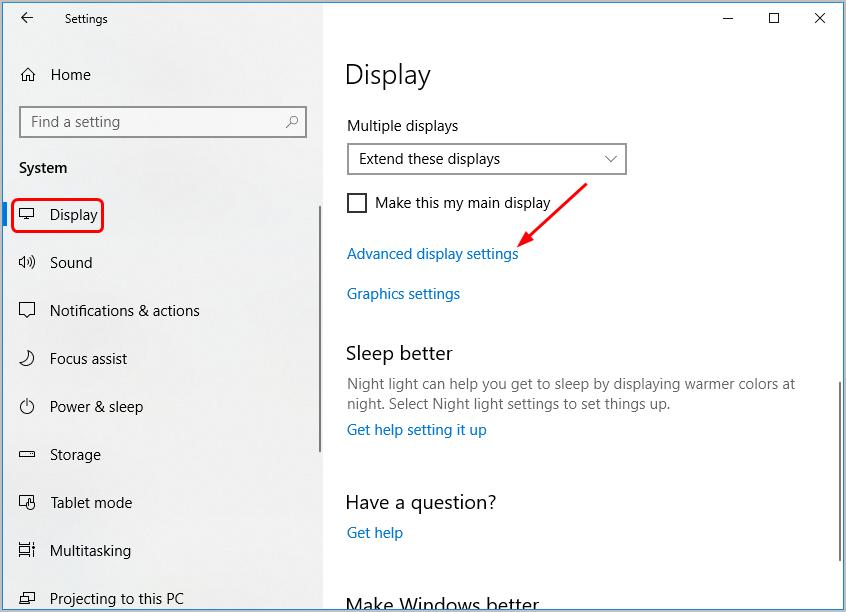

If the error occurs after updating display adapter drivers, you can try rolling back to the previous version. Check you have the right driver version installed for your display adapter, and make sure they are up to date.

Incorrect, out-of-date, or corrupted graphics card drivers can also cause a "DisplayPort not detected" error. Update or Reinstall Display Adapter Drivers If you have never installed drivers for your monitor, check the manufacturer's website to see if it needs them. Windows 10 operating systems regarding setting the preferred graphics processor. Some monitors require additional drivers to be installed before certain features are enabled. Let the driver auto-select the most compatible graphics processor. If this doesn't work, and your monitor or graphics card has multiple DisplayPort ports, try repeating the process using different ports. Turn your monitor back on and boot your computer. Wait 30 seconds and plug the cable back in, making sure you hear the click of the locking connector when inserting the cable into the ports. For more information, see How To: Enumerate Adapters. Create an IDXGIFactory object and use it to enumerate the available adapters. Knowing the valid display modes ensures that your application can properly choose a valid full-screen mode. Step 3: The Windows will start to search for hardware problems.Turn off your computer and monitor, and unplug the DisplayPort Cable. DirectX 10 and 11 can use DXGI to get the valid display modes. Step 1: Open Control Panel and find Troubleshooting, then click it. You can try it to fix Advanced display settings missing and steps are as follows. Solution 3: Run Hardware and Device TroubleshooterĮvery Windows OS has a hardware troubleshooter, which helps you detect issues in your operating system and resolve them. Step 5: At last, click Graphics properties and then go to the Display setting to make changes as required. Step 4: Now you should navigate to Intel HD Graphics Control Panel and then click Properties. Step 3: Then scroll down to find the Display adapter properties option on the right-hand side and click it. Step 2: Click Display from the left-hand side of the screen in the System tab. Step 1: Launch Settings and click the System category. Here is using alternative options to fix Advanced display settings missing on Windows 10. The options present inside the Advanced display settings were replaced by Microsoft to another location in Windows. If you found Advanced display settings missing after updating, maybe the reason is that it was removed by Microsoft. Read More Solution 2: Use Alternate Options


 0 kommentar(er)
0 kommentar(er)
